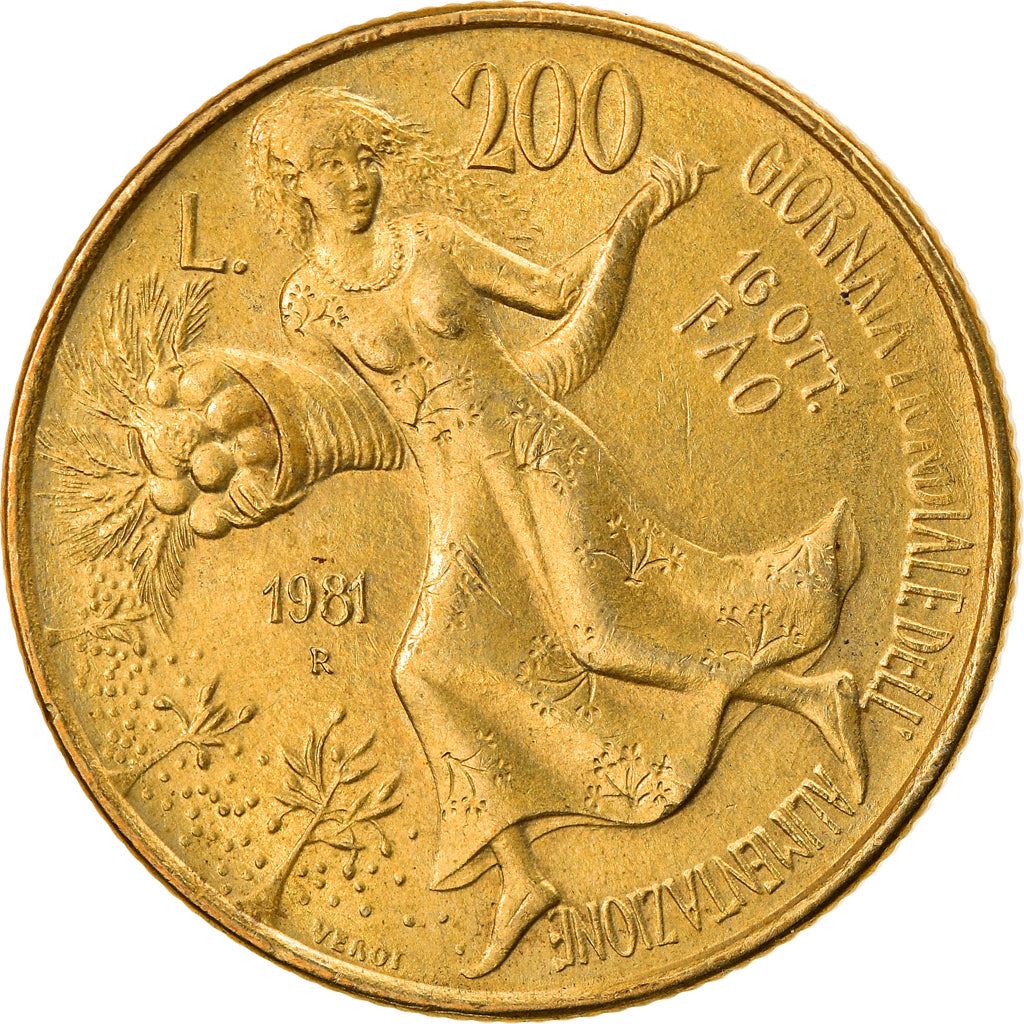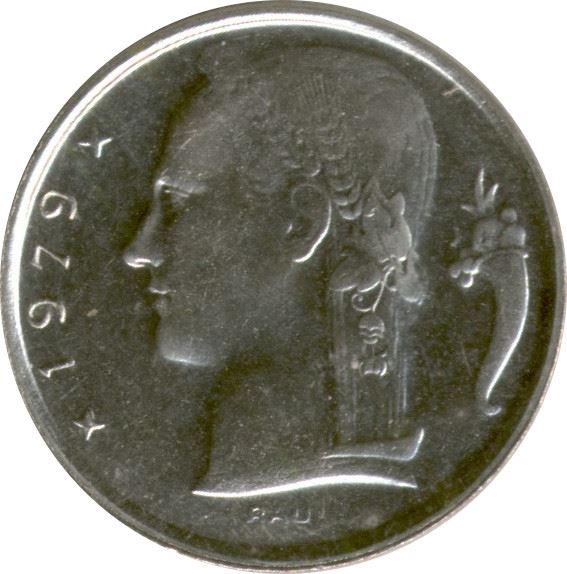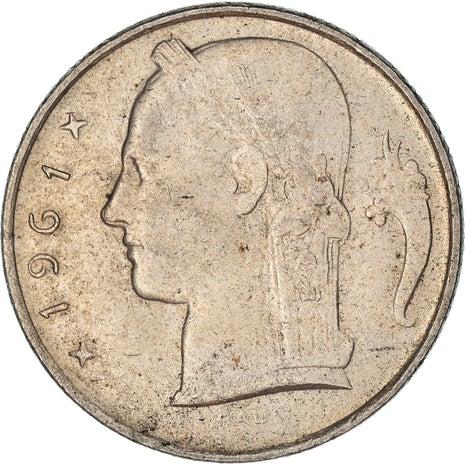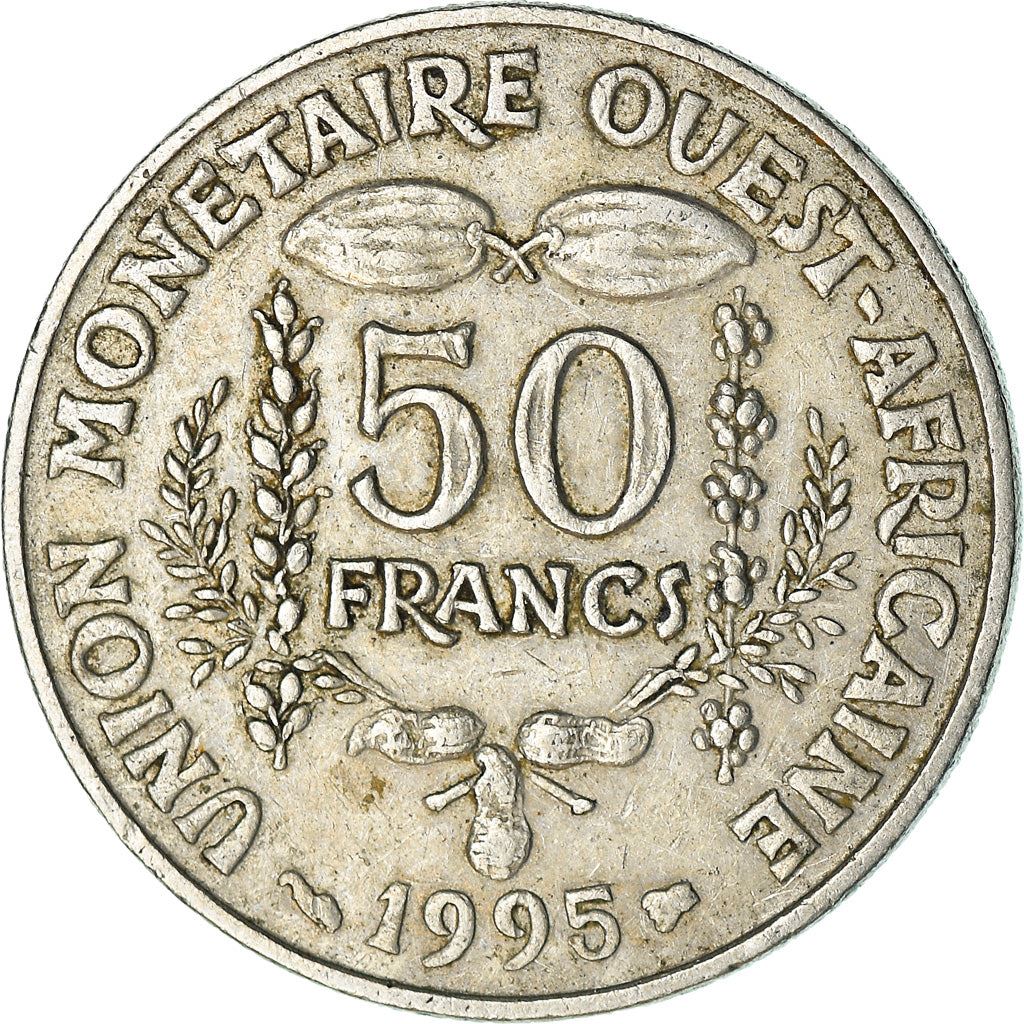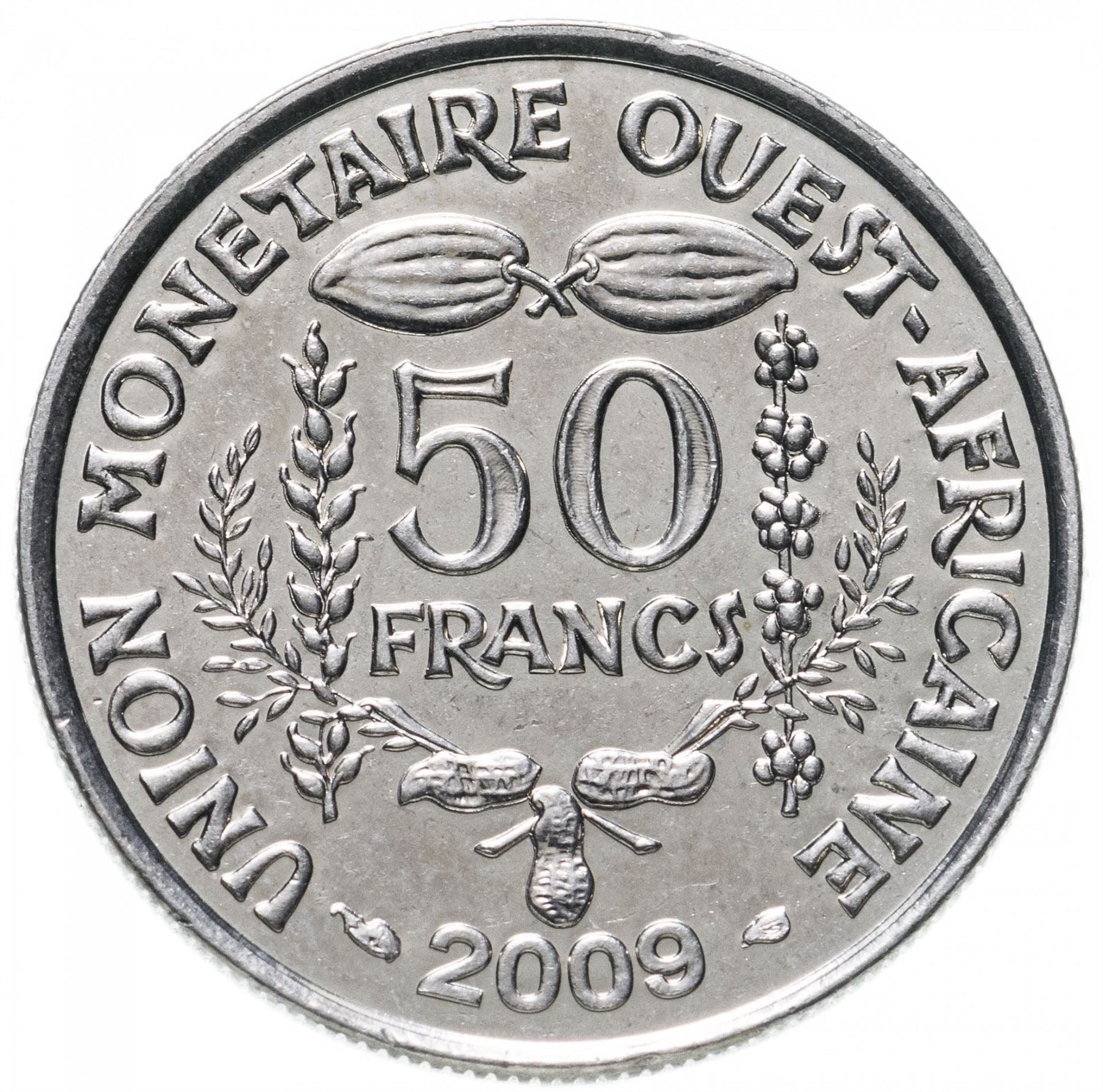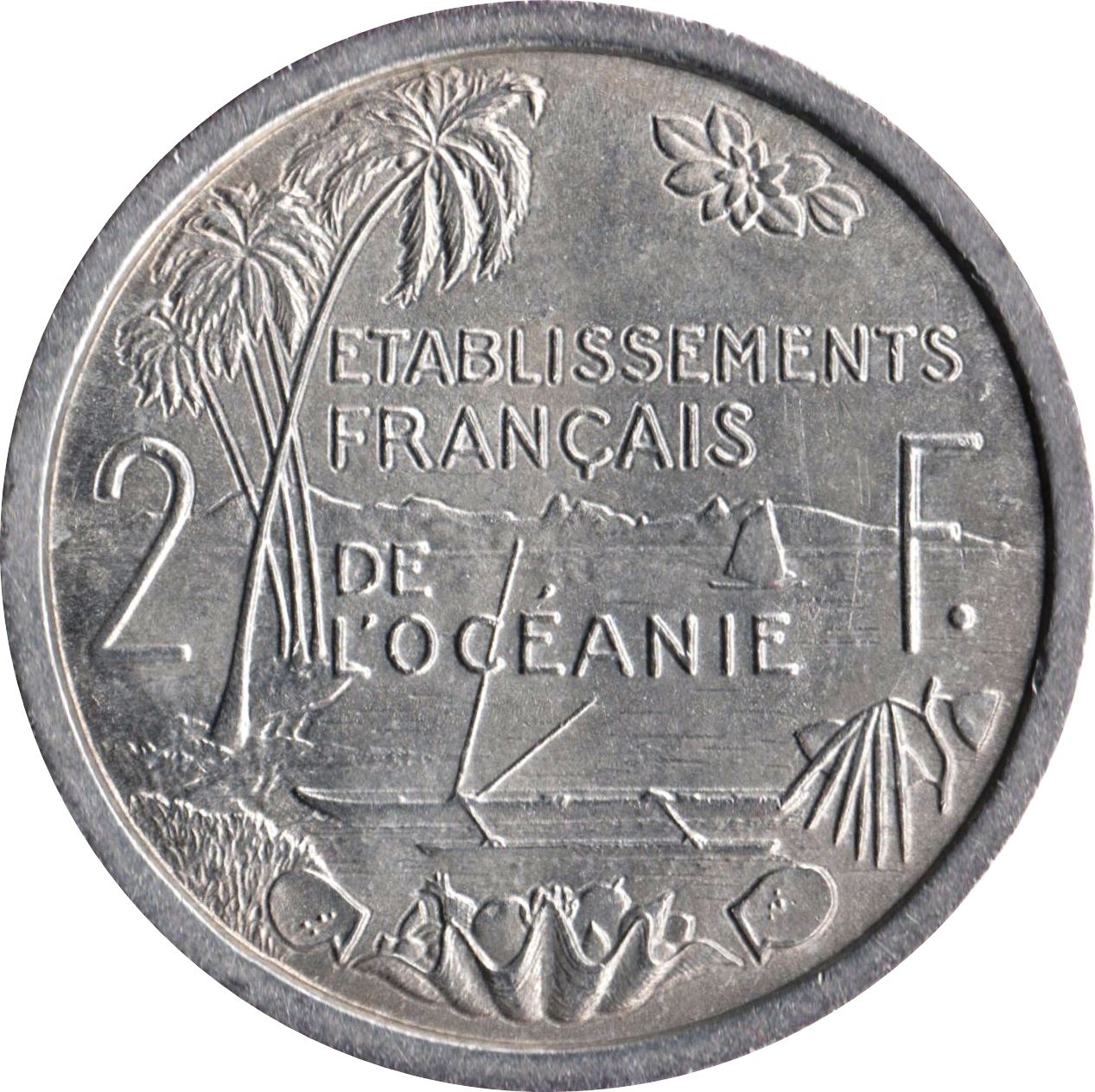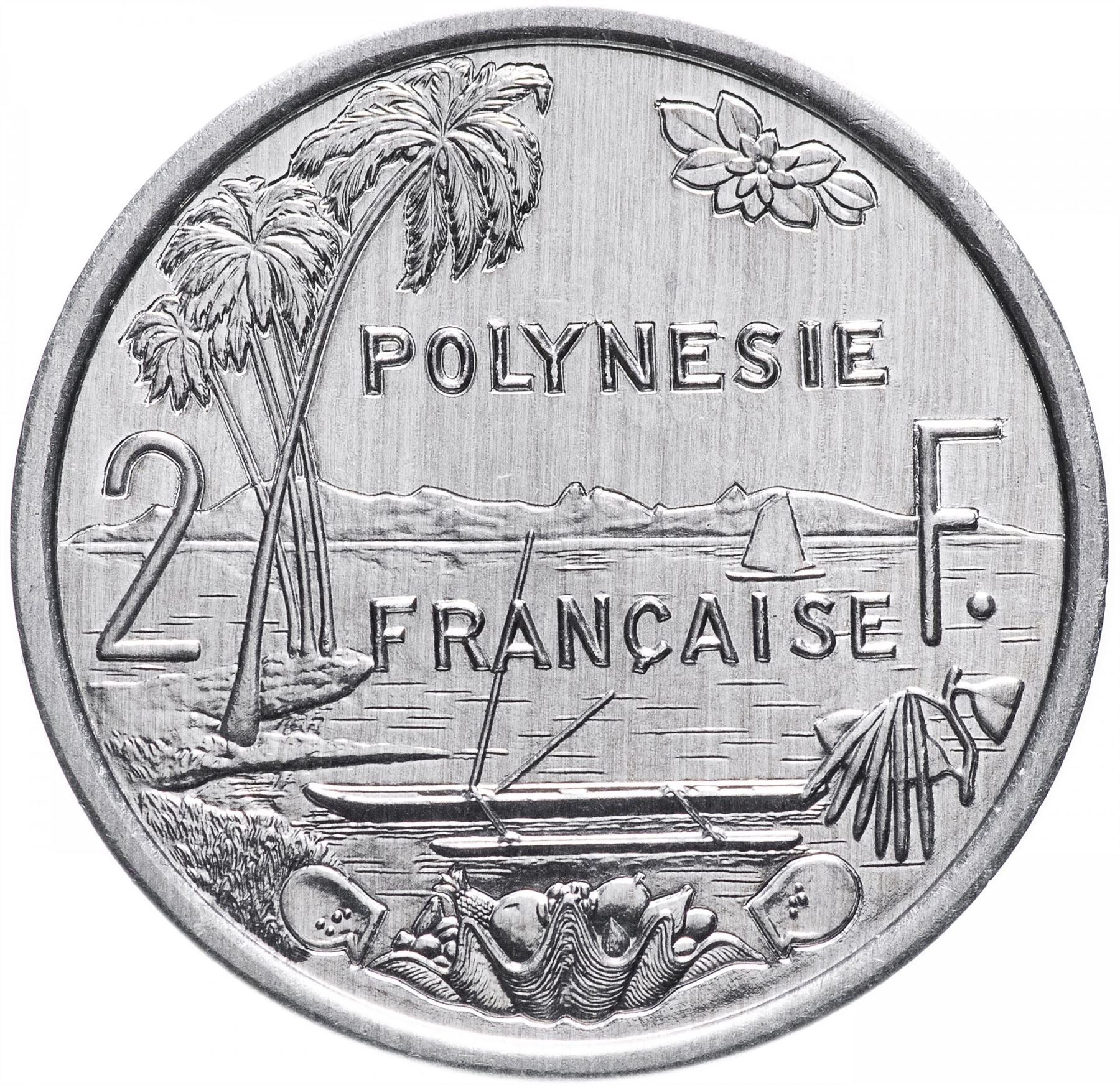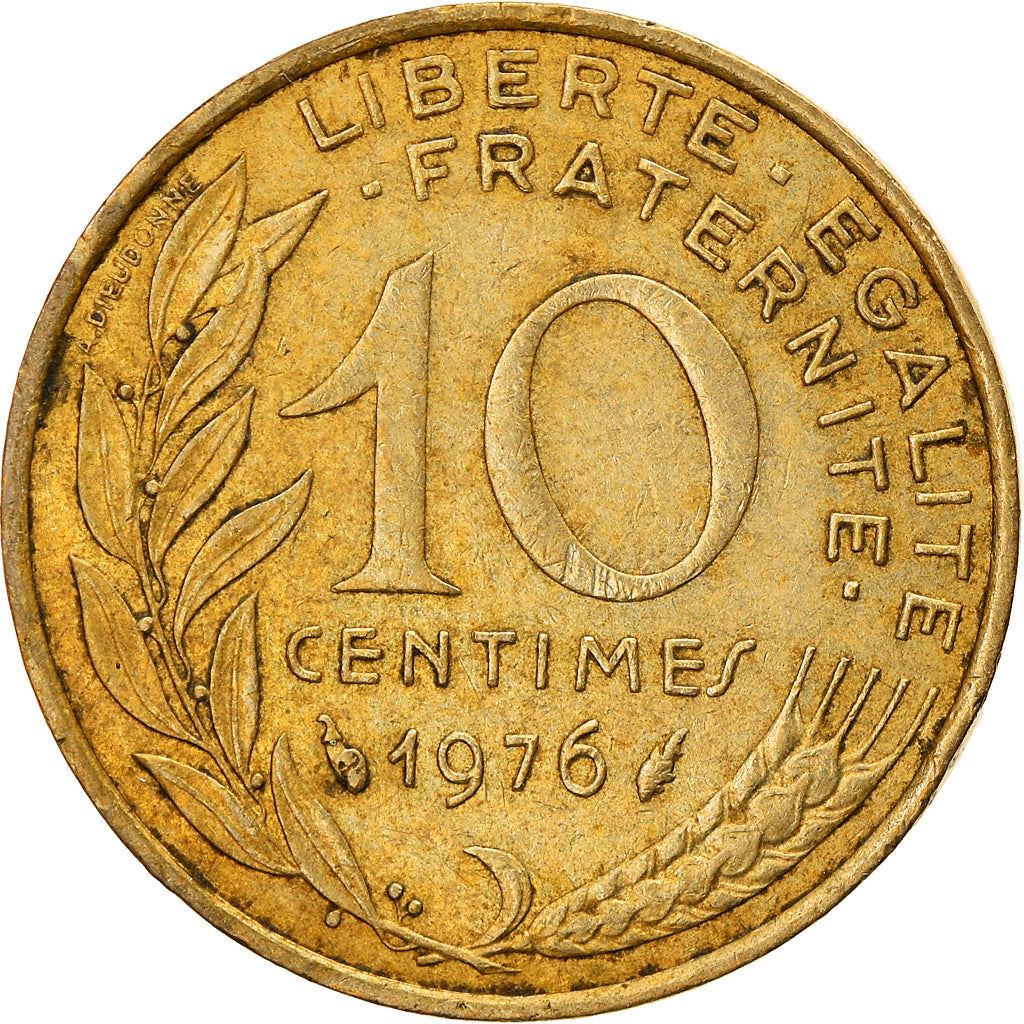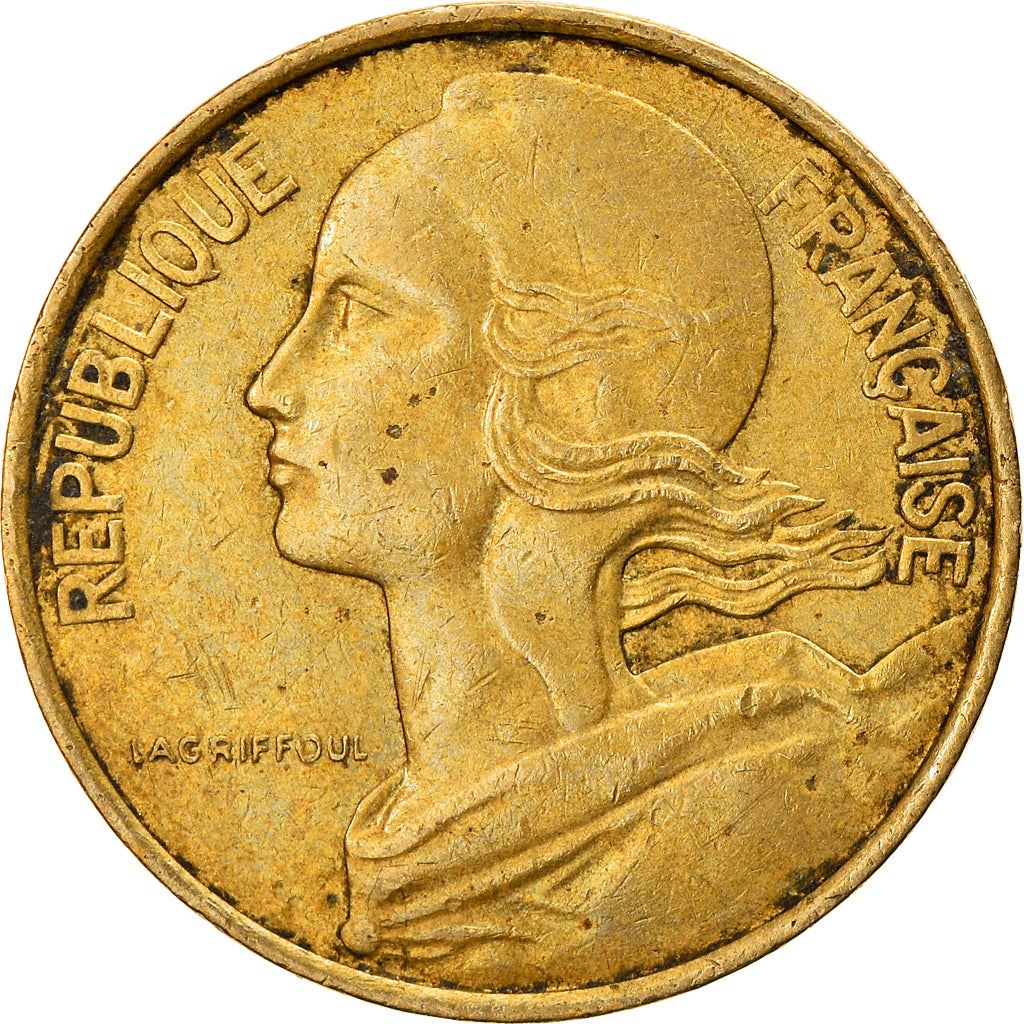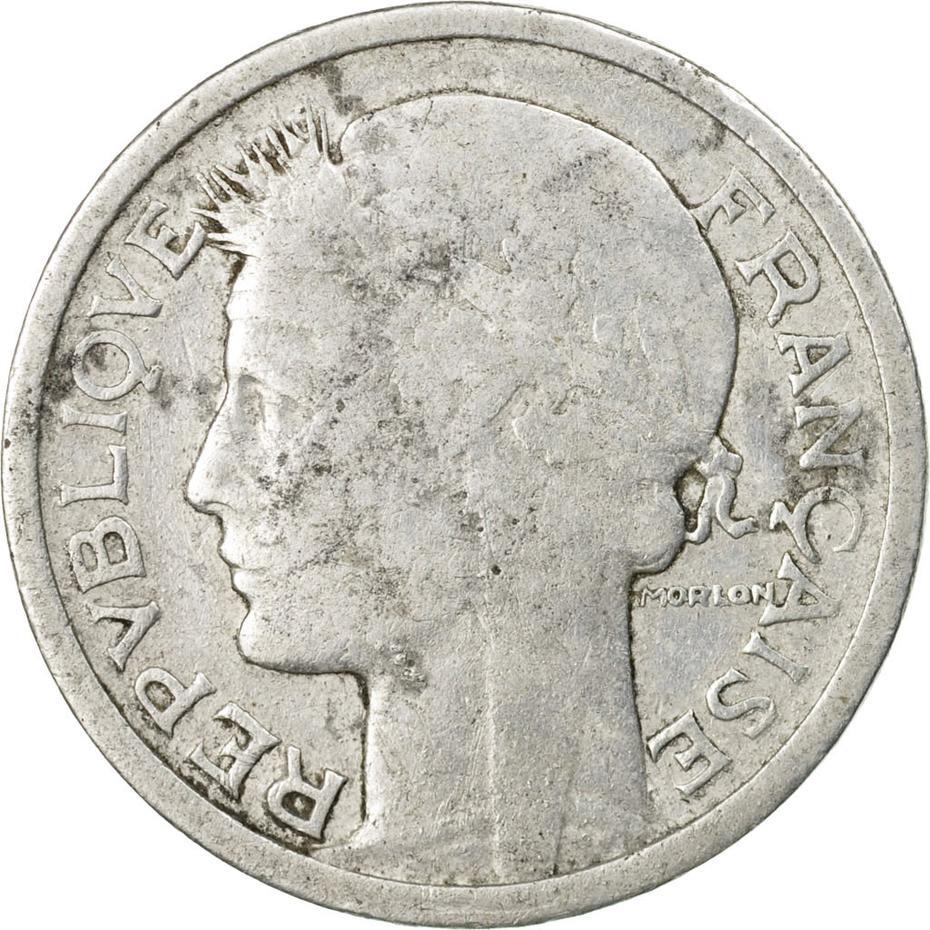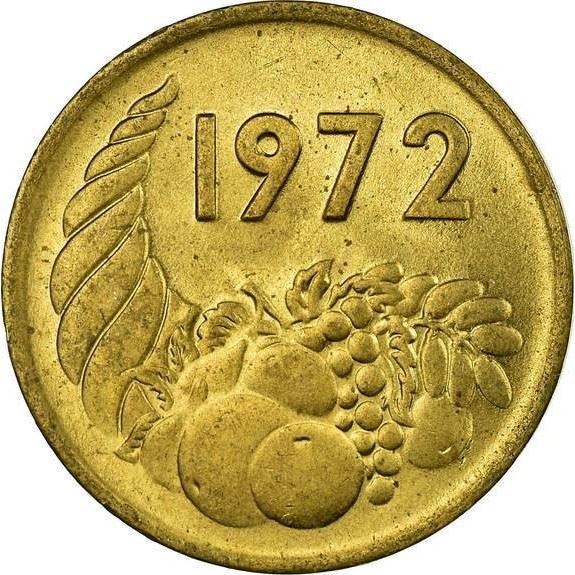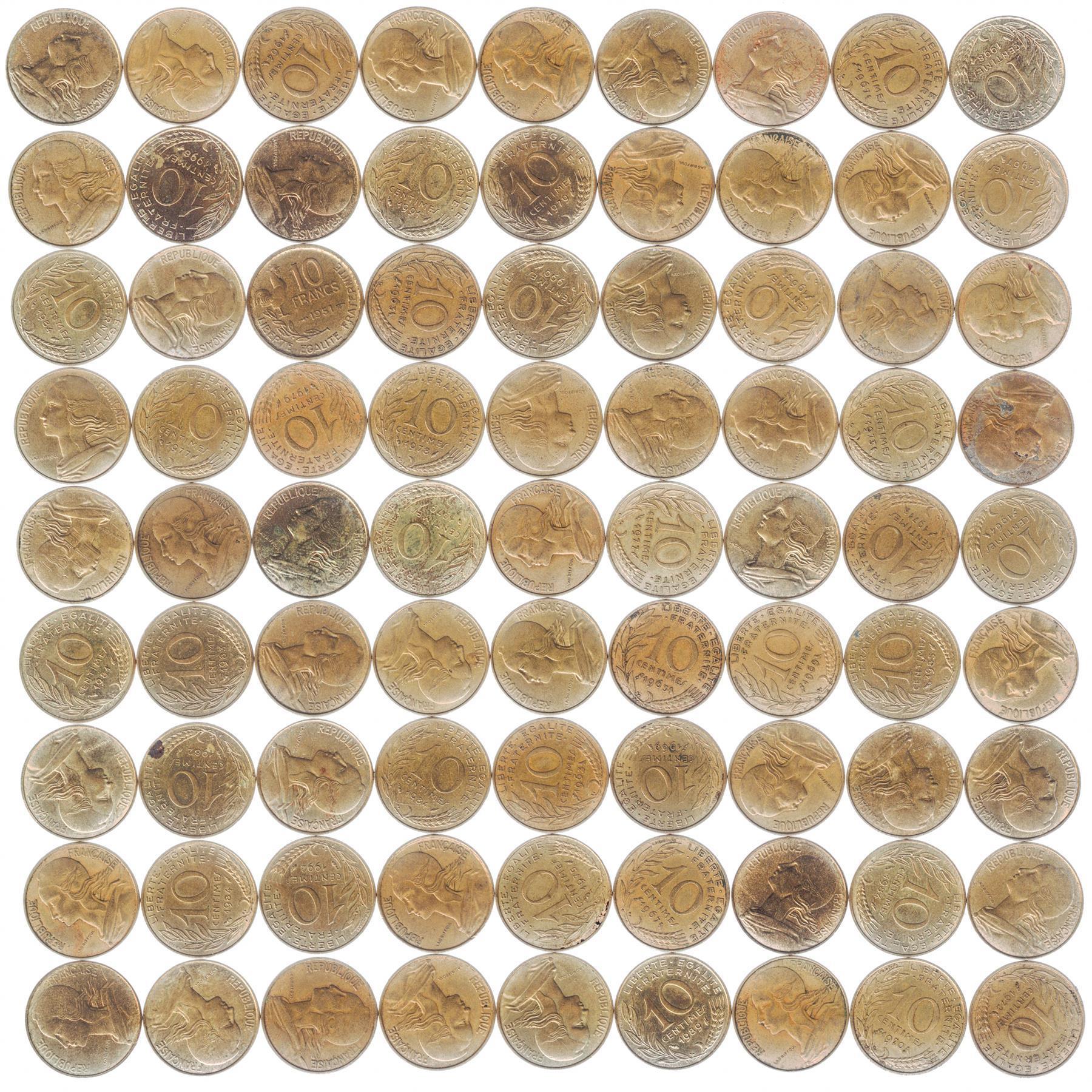Main menu
-
-
-
- Algeria (36)
- Botswana (26)
- Egypt (140)
- Ethiopia (7)
- Ghana (34)
- Kenya (52)
- Libya (5)
- Mauritius (23)
- Malawi (27)
- Morocco (39)
- Namibia (8)
- Nigeria (23)
- Tanzania (17)
- Tunisia (29)
- Sierra Leone (4)
- Seychelles (36)
- South Africa (237)
- Swaziland/Eswatini (22)
- Uganda (34)
- Zambia (24)
- Zimbabwe (2)
- Western African States (8)
-
- Afghanistan (12)
- Armenia (9)
- Azerbaijan (7)
- Bahrain (29)
- British Ceylon (0)
- China (24)
- Cyprus (44)
- Georgia (11)
- Hong Kong (57)
- Iran (26)
- Iraq (12)
- Israel (59)
- India (252)
- Indonesia (44)
- Japan (14)
- Kazakhstan (23)
- Kuwait (20)
- Lebanon (18)
- Macau (6)
- Malaysia (26)
- Maldives (20)
- Malaya and British Borneo (1)
- Nepal (65)
- North Korea (16)
- Oman (137)
- Pakistan (34)
- Philippines (84)
- Saudi Arabia (37)
- Singapore (35)
- South Korea (19)
- Sri Lanka (80)
- Syria (2)
- Taiwan (25)
- Thailand (110)
- United Arab Emirates (26)
- Vietnam (11)
- Qatar (8)
-
- Albania (27)
- Austria (49)
- Belarus (4)
- Belgium (98)
- Bulgaria (83)
- Bosnia and Herzegovina (2)
- Croatia (26)
- Czech Republic (10)
- Czechoslovakia (64)
- Estonia (13)
- Denmark (103)
- France (153)
- Finland (58)
- Germany (283)
- West Germany (13)
- East Germany (23)
- German Reich (31)
- Nazi Germany (16)
- Greece (83)
- Guernsey (45)
- Hungary (87)
- Iceland (48)
- Ireland (29)
- Italy (86)
- Jersey (55)
- Kingdom of Prussia (1)
- Poland (152)
- Latvia (23)
- Lithuania (21)
- Luxembourg (32)
- Malta (26)
- Moldova (4)
- Netherlands (72)
- North Macedonia (10)
- Norway (64)
- Portugal (52)
- Russian Federation (9)
- Russian Empire (4)
- Romania (85)
- Serbia (12)
- Sweden (97)
- Spain (140)
- Slovenia (15)
- Slovakia (8)
- Soviet Union (63)
- Switzerland (40)
- Turkey (103)
- United Kingdom (271)
- Ukraine (29)
- Yugoslavia (91)
-
- Aruba (10)
- Bahamas (18)
- Barbados (19)
- Belize (8)
- Bermuda (25)
- Cayman Islands (20)
- Canada (137)
- Cuba (57)
- Costa Rica (67)
- Dominican Republic (31)
- Eastern Caribbean States (28)
- Guatemala (3)
- Honduras (10)
- Jamaica (35)
- Mexico (79)
- Netherland Antilles (22)
- Nicaragua (27)
- Panama (29)
- Trinidad & Tobago (20)
- United States (212)
-
- Banknotes (145)
- Currency supplies (18)
- Berlin wall (1)
- Postage stamps (21)
Cornucopia
74 products
Showing 1 - 48 of 74 products
The Cornucopia, also known as the horn of plenty, is a prominent symbol of abundance and nourishment, often depicted overflowing with fruits, vegetables, flowers, and other symbols of a bountiful harvest. Its rich symbolism and historical significance make it a popular motif on coins throughout history and across cultures.
Historical Significance
-
Greek and Roman Mythology:
- Greek Mythology: The cornucopia originates from Greek mythology and is associated with the nymph Amalthea who nursed the infant Zeus with the milk of a goat. One of the goat's horns, which could provide unending nourishment, became the symbol of abundance.
- Roman Mythology: In Roman culture, the cornucopia was linked to the goddess Abundantia, who personified abundance and prosperity. It symbolized the wealth and richness of the Roman Empire and was often depicted in the hands of gods and goddesses related to agriculture and harvest.
Symbolism on Coins
-
Representation of Prosperity:
- The cornucopia on coins symbolizes the abundance and prosperity of a nation or ruler. It often appears overflowing with produce, representing the bounty of the land and the wealth it provides to its people.
- Coins featuring the cornucopia are often used to commemorate good harvests, economic stability, and periods of plenty.
-
Emblems of Economic Stability:
- In modern coinage, the cornucopia continues to be a symbol of economic prosperity and is used by various countries to signify financial stability and growth. It is an emblematic representation of the state’s commitment to the well-being and nourishment of its citizens.
Notable Examples
-
Ancient Coins:
- Greek and Roman Coins: Ancient Greek and Roman coins frequently depicted the cornucopia, especially on issues celebrating fertility and abundance. For instance, Roman coins might feature the goddess Ceres or the personification of Annona holding a cornucopia, highlighting the empire's agricultural bounty.
-
Modern Coins:
- French Coins: The cornucopia has been used as a mint mark on French coins since 1880. It represents the Paris Mint and is found on various denominations and commemorative issues, underscoring the importance of agriculture and prosperity in France.
- United States Coins: Some U.S. commemorative coins feature the cornucopia to symbolize abundance and the nation's agricultural wealth. It’s often included in designs that celebrate harvests, fairs, and other agrarian themes.
Design Elements
-
Artistic Representation:
- The cornucopia is typically depicted as a curved, horn-shaped basket brimming with fruits, grains, and flowers. The artistic representation can vary from realistic depictions to more stylized and symbolic renditions.
- It may appear alone or in the hands of mythological figures, deities, or allegorical representations of abundance and prosperity.
-
Complementary Symbols:
- On coins, the cornucopia is often accompanied by other symbols of wealth and prosperity, such as sheaves of wheat, grapes, and other agricultural produce. These elements enhance the overall message of abundance and economic stability.
Conclusion
The cornucopia, with its deep roots in mythology and symbolism, is a timeless emblem of abundance and prosperity. Its depiction on coins serves as a reminder of the wealth of the land and the importance of agriculture in sustaining societies. Whether in ancient times or in modern commemorations, the cornucopia continues to be a powerful symbol of nourishment and economic well-being.
